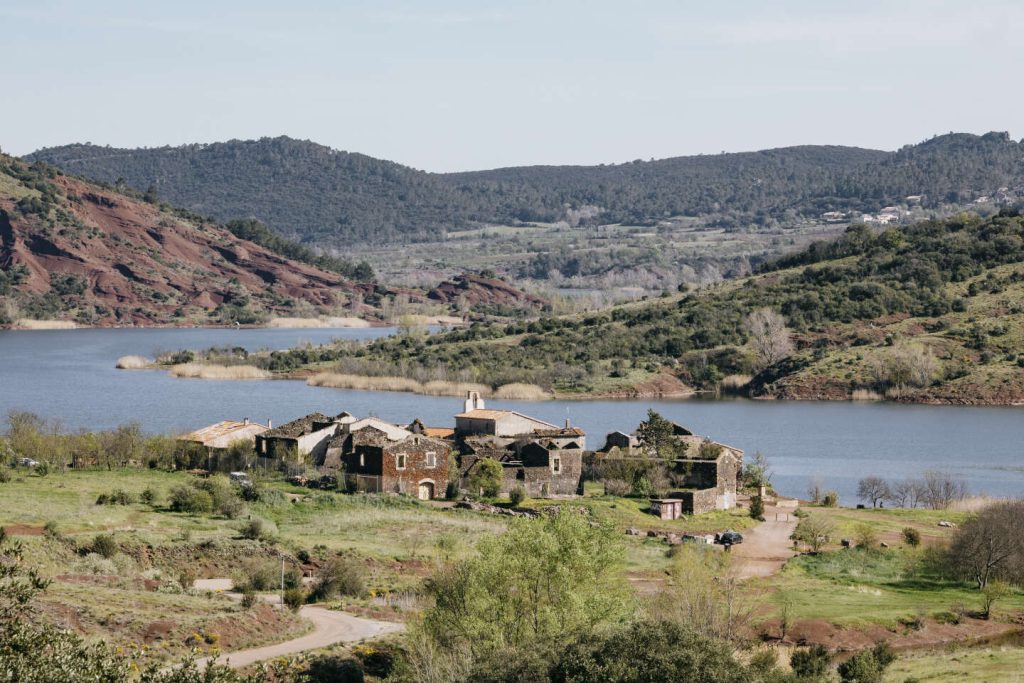In 1969, the creation of a lake was supposed to engulf these houses, but they were spared by the rising waters. Fifty-five years later, a select group of residents are building their ideal city. In this community, there is no private property, but residents must be willing to take on construction projects.
The decision to spare these houses from destruction and allow residents to build their ideal city signifies a unique and unconventional approach to urban planning. The lack of private property in the community challenges traditional notions of homeownership and encourages a sense of collective ownership and responsibility.
Despite the unconventional structure of the community, residents must be prepared for the challenges of ongoing construction projects. This requirement may deter some prospective residents, but those who are committed to the vision of the city are willing to put in the work to create their ideal living environment.
The community’s emphasis on collective ownership and responsibility fosters a sense of unity among residents. By working together on construction projects and sharing resources, residents develop a strong sense of community and cooperation. This collective spirit may contribute to a more harmonious and sustainable way of living.
The existence of this unique community serves as a testament to the possibility of creating alternative models of urban living. By challenging traditional notions of property ownership and promoting collective responsibility, the community offers a glimpse into a different way of organizing society. This experiment in urban planning may inspire others to rethink their own living arrangements and consider new possibilities for community living.
In conclusion, the community of residents who have built their ideal city on the shores of a lake that was meant to destroy their homes demonstrates the power of collective vision and cooperation. By embracing the challenges of ongoing construction projects and communal living, the residents have created a unique and sustainable community that challenges traditional notions of property ownership. Their example serves as an inspiration for those seeking alternative models of urban living and emphasizes the potential for collaborative efforts to create a better way of life.


